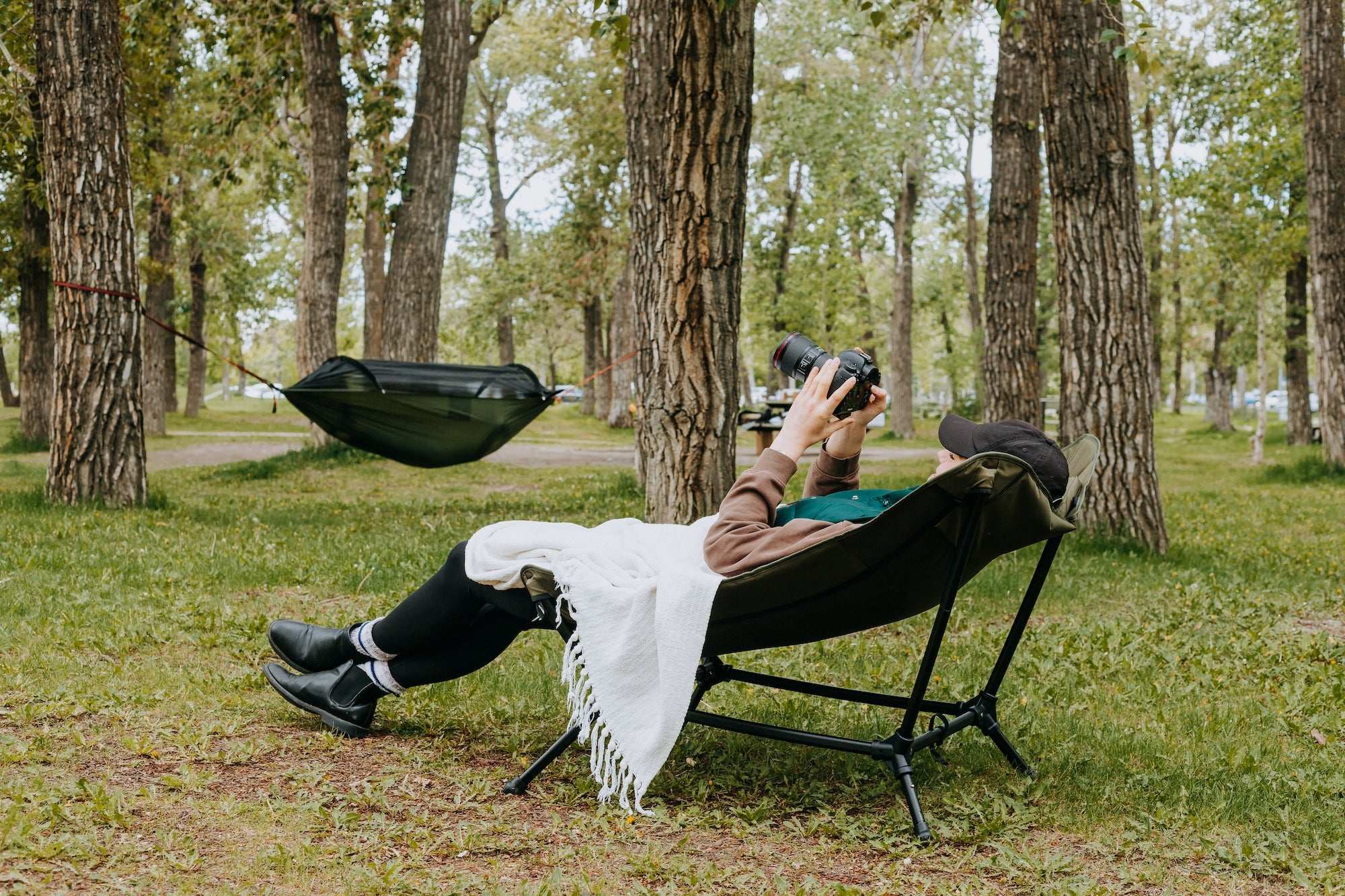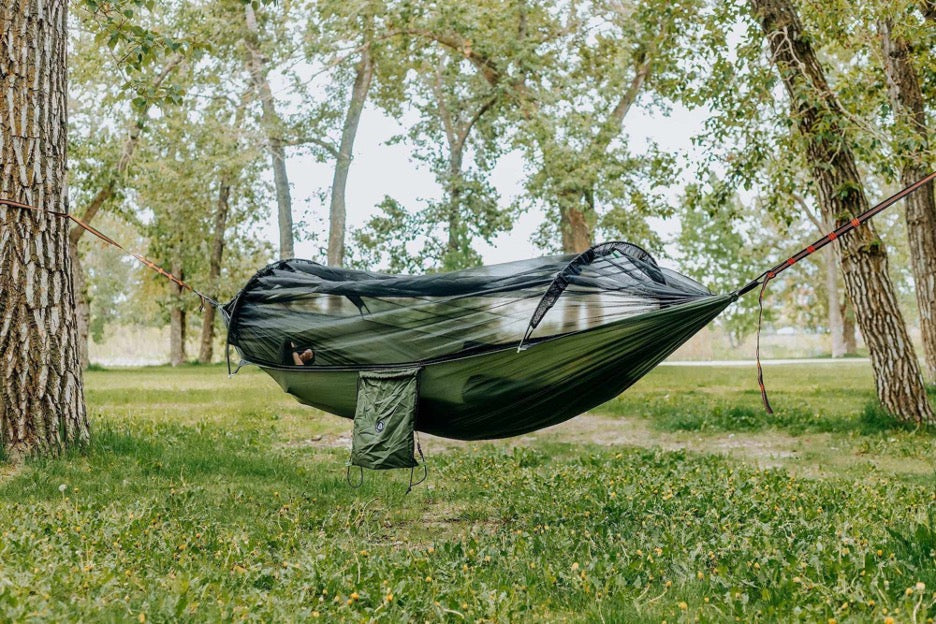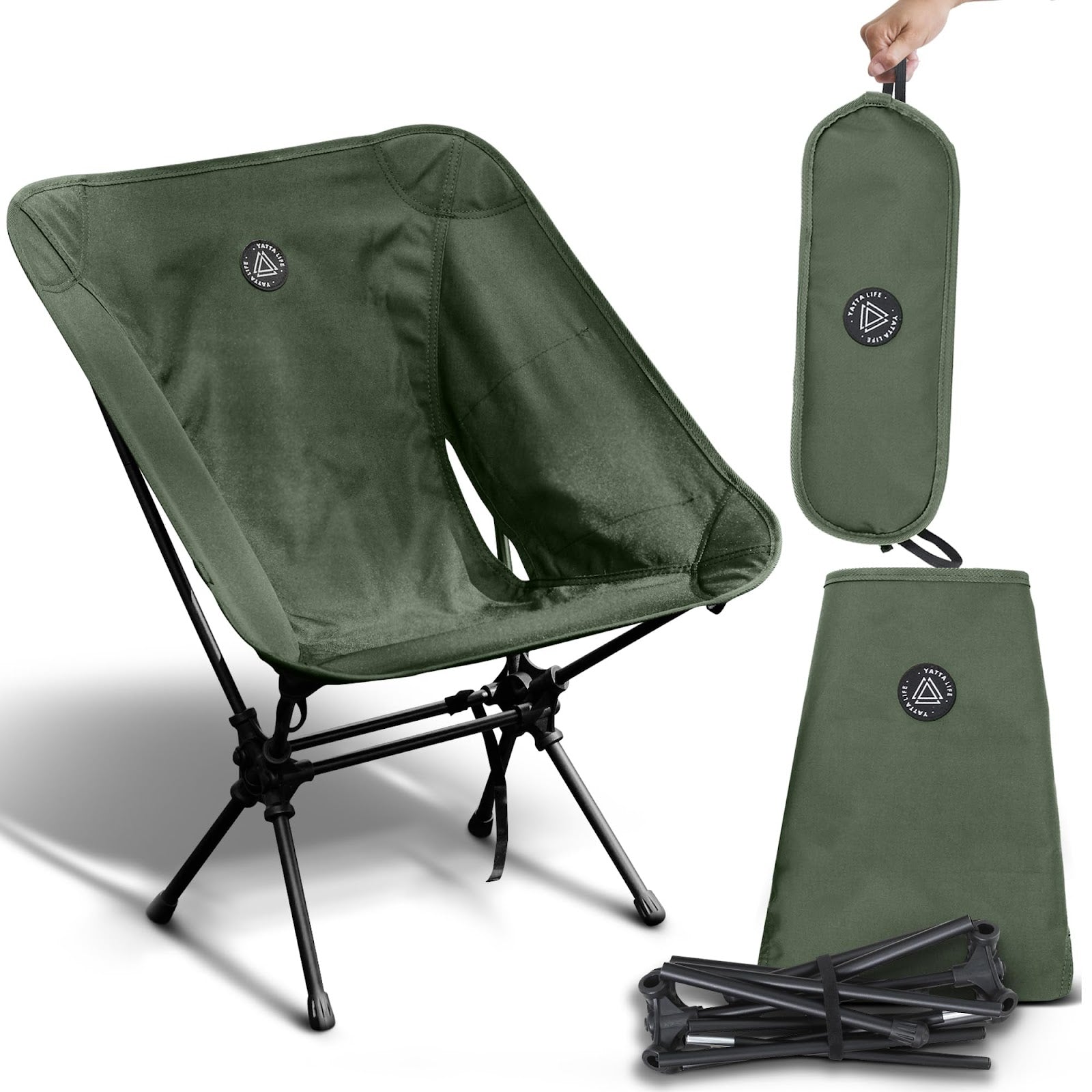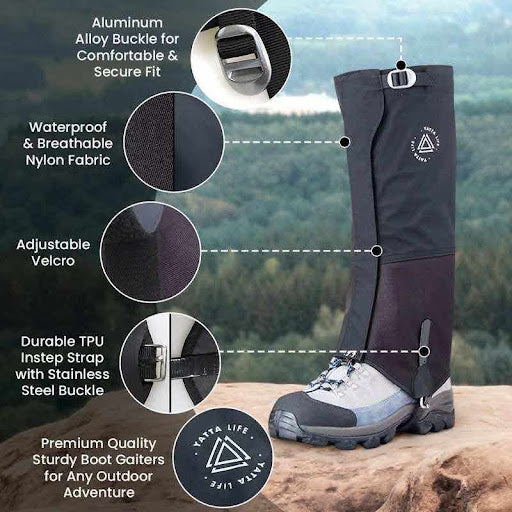Camping hammocks have become increasingly popular among outdoor enthusiasts, providing a comfortable and portable sleeping option for adventurers. However, selecting the right camping hammock can be a daunting task, given the variety of options available. In this guide, we'll provide you with essential tips to help you choose the perfect camping hammock for your next outdoor adventure.
Understanding the Basics of Camping Hammocks
Before diving into specific features, it's important to understand what makes camping hammocks unique. Unlike traditional tents, camping hammocks are elevated above the ground, offering a different sleeping experience. They are typically lightweight and easy to set up, making them an excellent choice for backpackers and hikers.
Types of Camping Hammocks
Camping hammocks come in various types, each designed for specific purposes. Here are the most common types:
-
Single Hammocks: Ideal for solo campers, these hammocks are lightweight and compact, making them easy to carry on long hikes.
-
Double Hammocks: Designed for two people, double hammocks offer more space and comfort. However, they tend to be heavier and bulkier.
-
Camping Hammocks with Mosquito Nets: These hammocks come with an integrated mosquito net, protecting you from insects while you sleep.
-
Portable Hammocks: Lightweight and easy to pack, portable hammocks are perfect for short trips and day hikes.
Key Features to Consider
When choosing a camping hammock, there are several key features to consider. These features will determine the hammock's comfort, durability, and suitability for your camping needs.
Material and Durability
The material of the hammock plays a crucial role in its durability and comfort. Most camping hammocks are made from nylon or polyester, known for their strength and resistance to weather conditions. Look for hammocks with a higher denier rating, which indicates thicker and more durable fabric.
Weight Capacity
Consider the hammock's weight capacity, especially if you plan to share it with someone. Most single hammocks can support up to 400 pounds, while double hammocks can hold up to 500 pounds or more. Ensure the hammock you choose can comfortably support your weight and any gear you may have.
Suspension System
A reliable suspension system is essential for setting up your hammock securely. Look for hammocks with adjustable straps or ropes, allowing you to set up the hammock at different heights and distances. Some hammocks come with carabiners and tree straps included, making setup even easier.
Portability
Portability is key for camping hammocks, especially if you plan to carry them on long hikes. Opt for a hammock that is lightweight and comes with a compact carrying bag. This will make it easier to pack and transport, leaving more room in your backpack for other essentials.
Additional Features to Enhance Your Camping Experience
While the basic features are crucial, there are additional features that can enhance your camping experience and make your hammock more versatile.
Mosquito Net
A mosquito net is a valuable addition to any camping hammock, particularly if you're camping in areas with a high insect population. A built-in mosquito net will keep bugs at bay, allowing you to sleep peacefully without the need for additional bug sprays or repellents.
Rainfly or Tarp
For added protection against the elements, consider a hammock that includes a rainfly or tarp. This will shield you from rain and wind, ensuring you stay dry and comfortable throughout the night.
Pockets and Storage
Some hammocks come with built-in pockets or storage compartments, providing a convenient place to store your essentials. This feature is particularly useful for keeping items like your phone, flashlight, or book within easy reach.
Tips for Setting Up Your Camping Hammock
Setting up a camping hammock can be straightforward, but following these tips will ensure a secure and comfortable hang.
-
Choose the Right Location: Look for sturdy trees or anchor points that are about 12-15 feet apart. Avoid trees with signs of damage or decay.
-
Set the Right Height: Hang your hammock about 18 inches off the ground, allowing you to sit comfortably when getting in and out.
-
Check the Tension: Ensure the hammock is taut but not overly tight. A slight sag will provide a more comfortable sleeping position.
-
Use Tree Straps: Tree straps are gentle on trees and provide a secure hold. Avoid using rope directly on tree bark, as it can cause damage.
Conclusion
Choosing the right camping hammock involves considering various factors such as material, weight capacity, and additional features. By understanding your camping needs and preferences, you can select a hammock that enhances your outdoor experience, providing comfort and convenience on your adventures.
Whether you opt for a lightweight portable hammock or a camping hammock with a mosquito net, remember to prioritize quality and durability. With the right hammock, you'll be ready to explore the great outdoors and enjoy a restful night's sleep under the stars.





Leave a comment
All comments are moderated before being published.
This site is protected by hCaptcha and the hCaptcha Privacy Policy and Terms of Service apply.